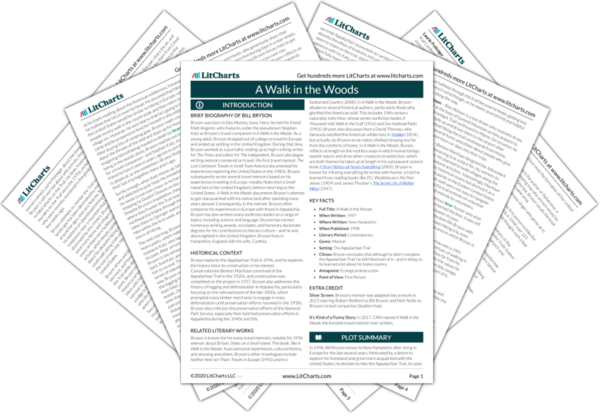Mary Ellen embodies the exact opposite attitude to the camaraderie among hikers tackling the Trail. Bryson highlights Mary Ellen’s negative comments, patronizing attitude, and selfishness in refusing to share her food to illustrate the kind of behavior that demoralizes people and makes their journey harder. Although Katz despises Mary Ellen, Bryson is still keen to show her some kindness, as he doesn’t want her to be alone and scared. Unfortunately, this grace doesn’t seem to rub off on her the way other that hikers’ kind behavior did on Bryson and Katz.
